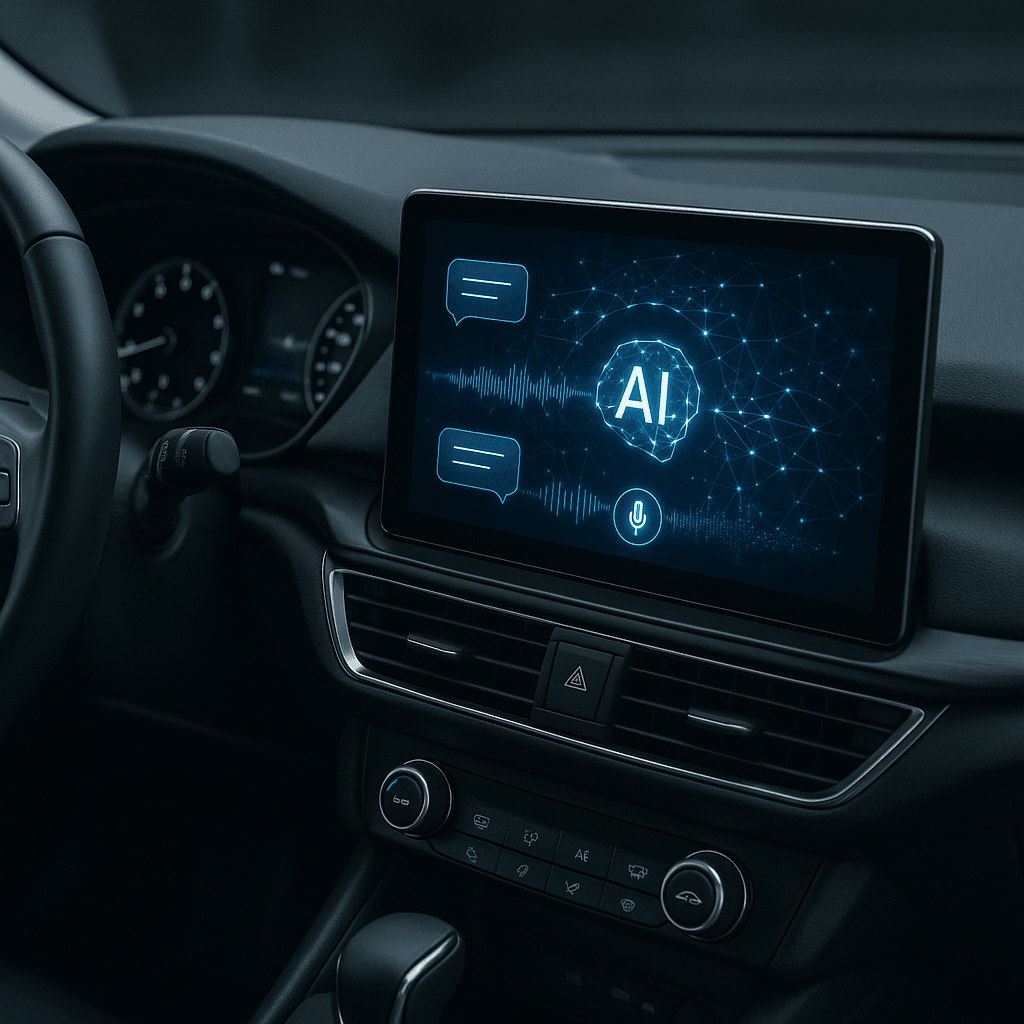Samsung is pulling back the curtain on Galaxy XR development with an exclusive engineering video that takes viewers inside Samsung Digital City in Suwon, South Korea. The behind-the-scenes look reveals how the company's R&D team collaborated with Google and Qualcomm to create the first Android XR headset, featuring multimodal AI capabilities that recognize eye movements, hand gestures, and voice commands.
Samsung just gave us the inside story on Galaxy XR - and it's not your typical product launch video. The company released an exclusive behind-the-scenes documentary that takes you straight into the engineering labs where the Android XR headset came to life. Technology journalist Lucy Hedges hosts the deep dive from Samsung Digital City in Suwon, South Korea, where the magic actually happened. What makes this particularly compelling is hearing directly from the engineers who built it. Kihwan Kim, Executive Vice President and Head of Immersive Solution R&D Team, walks through how Samsung approached the multimodal AI challenge - getting the headset to seamlessly understand eye movements, hand gestures, and voice commands all at once. That's no small feat when you consider most XR devices still struggle with just hand tracking. The real revelation comes from understanding the three-way collaboration between Samsung, Google, and Qualcomm. This wasn't just Samsung slapping Android onto their hardware. According to the video interviews, the companies worked together to define what the Android XR experience should actually be - from the ground up. Engineer Sean Choi from Samsung's Immersive Solution R&D Team explains how they optimized the AI capabilities to feel intuitive rather than gimmicky. The focus was making interactions feel natural, not forcing users to learn new gestures or commands. This collaborative approach signals something bigger happening in the XR space. While Meta has been dominating with Quest headsets and Apple entered with Vision Pro, Samsung's partnership strategy could reshape the entire ecosystem. Google gets its Android platform into XR hardware, Qualcomm powers the processing, and Samsung handles the manufacturing and design expertise. The timing of this video release is strategic. Rather than just announcing Galaxy XR and hoping people get excited, Samsung is showing the engineering process that went into solving real XR problems. When Kim talks about multimodal AI recognition, you can see the technical depth behind making eye tracking work seamlessly with hand gestures - something that requires serious computational power and smart algorithms. What's particularly interesting is how they're positioning this as an "open collaboration" rather than proprietary tech. That's a direct shot at walled garden approach with Vision Pro. By working with on Android XR, Samsung is betting that open platforms will win in the long run - the same strategy that worked for smartphones. The video also reveals Samsung Digital City as a serious R&D facility, not just a manufacturing hub. Seeing the actual labs where engineers conceptualized and designed Galaxy XR gives credibility to Samsung's XR ambitions. This isn't a side project - it's a full engineering commitment. For the XR industry, this represents a potential inflection point. Having major players like , , and align on a unified Android XR platform could accelerate adoption and development. The multimodal AI capabilities they've demonstrated suggest XR interactions are about to get much more sophisticated.


